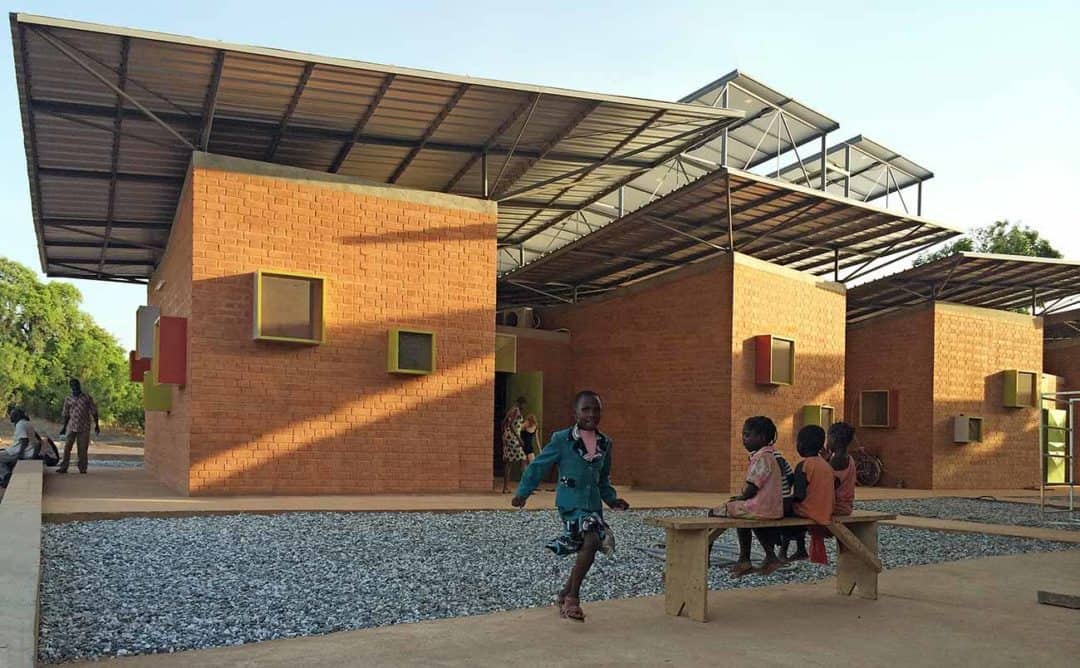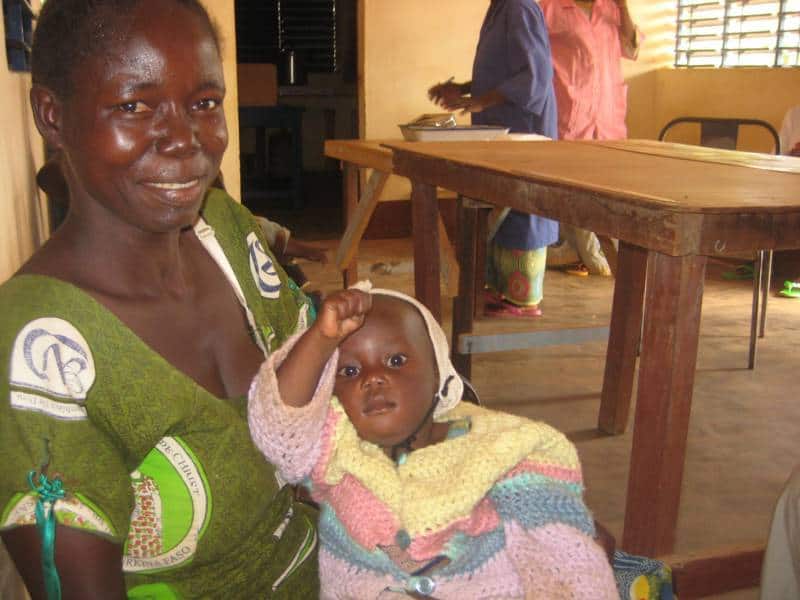Budget for Emergency Obstetric and Neonatal Care more than doubled between 2008 and 2010
During Compaoré’s presidency, government funding has been directed particularly in reducing excess deaths of girls and young women through investments in clean water, sanitation and maternal health services.
Breast and Cervical Cancer Awareness campaigns with breast self-exams (BSE) at the Universities of Ouagadougou: during March 2014, 2,000 students have been controlled compared to 1,000 students in 2012 when 12 cases of an early stage of cervical cancer have been identified and 140 cases of sexually transmitted diseases (STD). All these young women that have been tested positive have been directly treated by the health services and been taken in charge.
Maternal Subsidies for childbirth and obstetrics services and free prenatal counseling cut maternal mortality by 30% between 2005 and 2014. The government budget for emergency obstetric and neonatal care increased by 2.3 times between 2008 and 2010.
Childbirth assisted by a nurse nearly doubled from 42.9 % in 2005 to 78.3 % in 2011.
During the period 1990 to 2011, the percentage of qualified nurses per inhabitants greatly improved approaching WHO standards (98.9 % of WHO standards). This was still not the case for doctors (45.4 % of WHO standards), midwives (39.2 %of WHO standards) and pharmacists (20.3 % of WHO standards) although the situation has also improved significantly:
| 2000 | 2011 | |
| Doctors | 1 per 45,207 people | 1 per 22,017 people |
| Midwives | 1 per 40,525 people | 1 per 12,754 people |
| Pharmacists | 1 per 147,362 people | 1 per 72,863 people |
Use of contraceptive methods tripled
Although too slowly in rural areas, birth rate was decreasing constantly since 1993 when average birth rate was 6 children per woman, far too high in order to ensure inclusive growth in the future. Nearly half of Burkina’s population was less than 15 years old in 2014.
But, mentality really started to change during Compaoré’s last mandate when 95% of women in 2012 preferred to have children with greater intervals compared to 59 % in 2010.
Compaoré has also personally promoted HIV/ AIDS programs. Prevalence of HIV/Aids which reached 7.2 % in 1997 has fallen to 2 % in 2006 and below 1 % since 2012 until his departure.
In 2000, only 10.7 % of the sexual active population were using contraceptive methods. Regular birth control awareness campaigns and HIV/AIDS campaigns aimed at women, men and religious leaders made this figure increase to 29.4 % in 2012.

